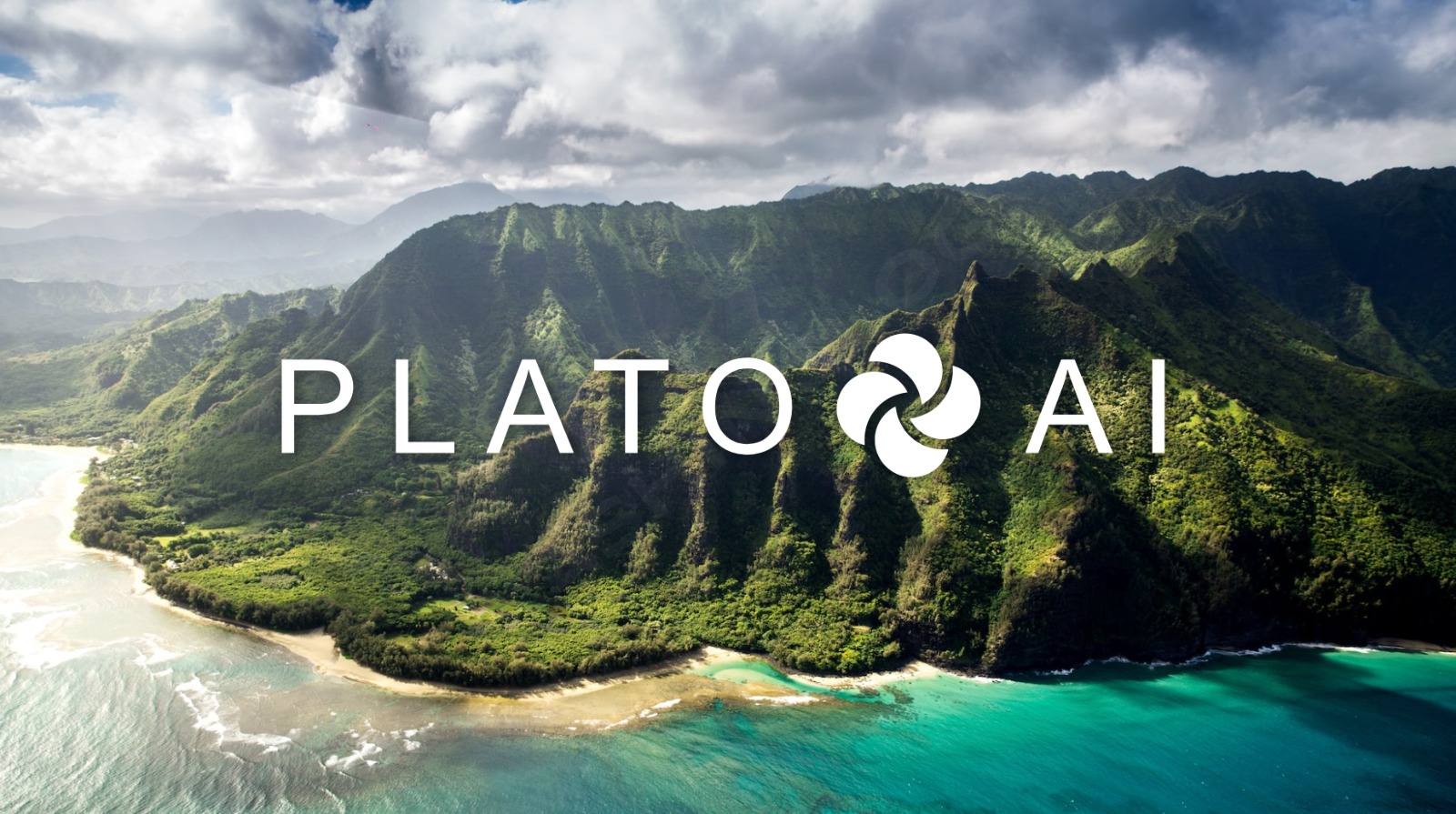The Brazilian Atlantic Forest Treaty, also known as the Mata Atlântica Treaty, has had a significant impact on the South-Southeast regional carbon market. This treaty, signed in 1991, aims to protect and restore the highly biodiverse Atlantic Forest, which stretches along the eastern coast of Brazil. The treaty has not only contributed to the preservation of this unique ecosystem but has also played a crucial role in mitigating climate change through its impact on the carbon market.
The Atlantic Forest is one of the most threatened and biodiverse ecosystems in the world. It is home to an estimated 20,000 plant species, including many endemic and endangered species. However, due to deforestation for agriculture, urbanization, and illegal logging, only about 12% of the original forest remains today. Recognizing the urgent need for conservation, the Brazilian government, along with several states and municipalities, signed the Atlantic Forest Treaty to protect and restore this valuable ecosystem.
One of the key provisions of the treaty is the establishment of a regional carbon market. The carbon market allows companies and organizations to offset their greenhouse gas emissions by investing in projects that reduce emissions or remove carbon dioxide from the atmosphere. In the case of the South-Southeast region, the carbon market has been instrumental in financing reforestation and restoration projects in the Atlantic Forest.
Through the carbon market, companies can purchase carbon credits generated by projects that promote forest conservation or restoration. These credits represent one metric ton of carbon dioxide equivalent that has been avoided or removed from the atmosphere. By purchasing these credits, companies can offset their own emissions and contribute to the preservation and restoration of the Atlantic Forest.
The impact of the Atlantic Forest Treaty on the South-Southeast regional carbon market has been significant. The establishment of the carbon market has created economic incentives for landowners and local communities to engage in reforestation and restoration activities. This has not only helped to protect and restore the Atlantic Forest but has also generated income and employment opportunities for local communities.
Furthermore, the carbon market has attracted investments from both domestic and international sources. Companies from various sectors, including energy, agriculture, and manufacturing, have recognized the importance of offsetting their emissions and have actively participated in the carbon market. This influx of investments has provided much-needed funding for reforestation and restoration projects, allowing them to scale up and have a more significant impact on carbon sequestration.
The South-Southeast regional carbon market has also contributed to Brazil’s efforts to meet its climate change commitments. By reducing emissions and increasing carbon sequestration through forest conservation and restoration, Brazil can contribute to global efforts to mitigate climate change. The carbon market has provided a mechanism for Brazil to monetize its environmental assets, such as the Atlantic Forest, while also promoting sustainable development.
However, challenges remain in fully harnessing the potential of the South-Southeast regional carbon market. The complexity of measuring and verifying carbon sequestration in forests, as well as ensuring the permanence of carbon credits, requires robust monitoring and reporting systems. Additionally, the market needs to address issues of transparency and accountability to ensure that investments are effectively channeled into projects that deliver real environmental benefits.
In conclusion, the Brazilian Atlantic Forest Treaty has had a significant impact on the South-Southeast regional carbon market. By establishing a carbon market, the treaty has created economic incentives for forest conservation and restoration in the Atlantic Forest. This has not only helped protect this highly biodiverse ecosystem but has also contributed to Brazil’s efforts to mitigate climate change. However, ongoing efforts are needed to address challenges and further enhance the effectiveness of the carbon market in achieving its environmental and economic objectives.
- SEO Powered Content & PR Distribution. Get Amplified Today.
- PlatoData.Network Vertical Generative Ai. Empower Yourself. Access Here.
- PlatoAiStream. Web3 Intelligence. Knowledge Amplified. Access Here.
- PlatoESG. Carbon, CleanTech, Energy, Environment, Solar, Waste Management. Access Here.
- PlatoHealth. Biotech and Clinical Trials Intelligence. Access Here.
- Source: https://zephyrnet.com/brazilian-atlantic-forest-treaty-south-southeast-regional-carbon-market/

